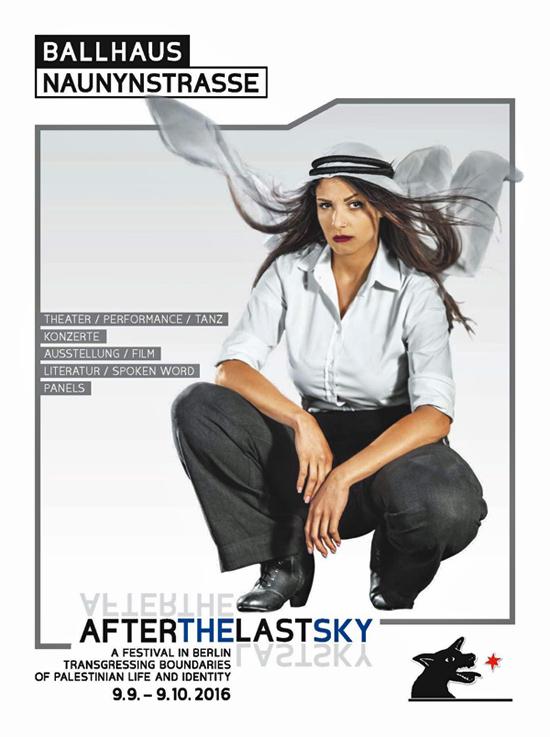"The road forward is blocked, the instruments of the present are insufficient, we can't get to the past," laments Edward Said in After the Last Sky, his moving narrative of the Palestinian national condition after the 1982 Israeli invasion of Lebanon. Said's powerful text, made more explicit by Jean Mohr's touching photographs of everyday Palestinian life, makes some tentative suggestions as to how, under existing circumstances, Palestinians might best transcend their "essential national incompleteness." The cultural and political questions Said addresses are: Palestinian self-definition; coming to grips with Palestinian history; the need to forge a coherent national policy towards the conflict with Zionism; and Palestinian relations with the Arab states and with other powers.
Said and Mohr move beyond simplistic and dehumanizing images of the Palestinians as terrorists, which their enemies have successfully fostered, to the complex realities of Palestinian identities. But dispossession and dispersion frustrate the search for a Palestinian image and voice. Today, Said points out, there are at least three completely separate sets of circumstances which characterize Palestinian life: there are those who live as Arab citizens of Israel, those who live under occupation in the West Bank and Gaza, and those physically in exile or total estrangement from Palestine. Said, who left Palestine as a boy in 1947, shows the reader that representing the Palestinians fairly is a substantial problem, given their diverse geographical locations and political circumstances. "We are at once too recently formed and too variously experienced to be a population of articulate exiles with a completely systematic vision."
As a consequence, Said, a professor of English literature at Columbia University and a member of the Palestine National Council, argues that whenever Palestinians portray themselves, their forms are necessarily unconventional, hybrid, and fragmentary. Employing a digressive manner and alternating voice, he illustrates this in After the Last Sky by drawing upon a miscellany of Palestinian poetry, fiction, film, and autobiography.
The text and photos are remarkable for their engaging and passionate interplay. For the reader and for Said, Mohr's photographs of Palestinians in various conditions and walks of life (except the military) both depict and prompt, and they also serve as sounding boards to test the validity of Said's offered conclusions.
After the Last Sky rigorously examines the PLO's current international predicament, which gives it little room to maneuver, and the feeling among Palestinians that they have been caught in the shadow of the Holocaust and cast as the Victim's victim whose cause has been judged unworthy.
How can the Palestinians—faced with such a variety of problems—forge a coherent response? Said sees a glimmer of hope from Palestinians in the occupied territories who demonstrate both an increased self-consciousness and determination to stay in historic Palestine. He quotes from a book, The Third Way, by Raja Shehadeh, a West Bank lawyer, who defines the concept of"Sumud," Arabic for "steadfastness," as the determination "to stay put, to cling to our houses and land by all means available." From this perspective, even the most demeaning work takes on a connotation of resistance, an obduracy that reasserts presence through positive intent. Said finds sumud "an entirely successful tactical solution" at a time when no efficacious strategy is available.
Said argues that the Algerian, Cuban, and Vietnamese models for national liberation are not appropriate for the Palestinian situation. In fact, he notes, the Palestinians' insistence on "armed struggle" has not only diverted them from more important and productive aspects of struggle, but also "played right into the hands of Israel, which with its superior propaganda apparatus turned everything we did against its occupation of our lands, its devastation of our villages, and its oppression of our population, into "terrorism.'"
Said apparently is calling for a wide-ranging introspection—one that will analyze Palestinian strengths and weaknesses, fully assess the complex and mixed circumstances that bind Palestinians as a people, and critically assimilate the past. Why, for instance, were Palestinians forced out by terror in 1948, rather than standing fast, organizing and fighting?
Said, however, declines to go beyond "posing the questions in this tentative form." But who, then, should answer them? And when? What are the alternatives to armed struggle and current PLO directions? And how much time do the Palestinians still have to reach their consensus and act, purposefully and effectively, upon it?
Roger Gaess is a New York-based journalist who specializes in Mideast affairs.
____________________________
Source:
https://www.wrmea.org/1987-july/book-review-after-the-last-sky-palestinian-lives.html
After the Last Sky - A Festival
Analysis / Interpretation / Press
Artist / Designer / Photographer
Year
2016
Wellspring
Publisher
Language
English
Credit/Provenance/Source
Published In
Duplicates
0
Status / Acquisition Goals
The PPPA has only the low resolution digital version of this poster featured
The PPPA seeks more information on this artist/poster/graphic/publisher

